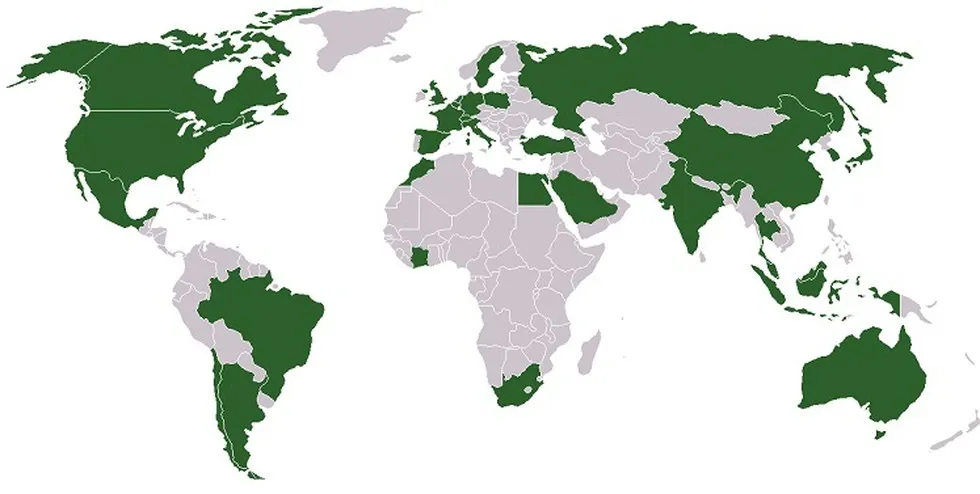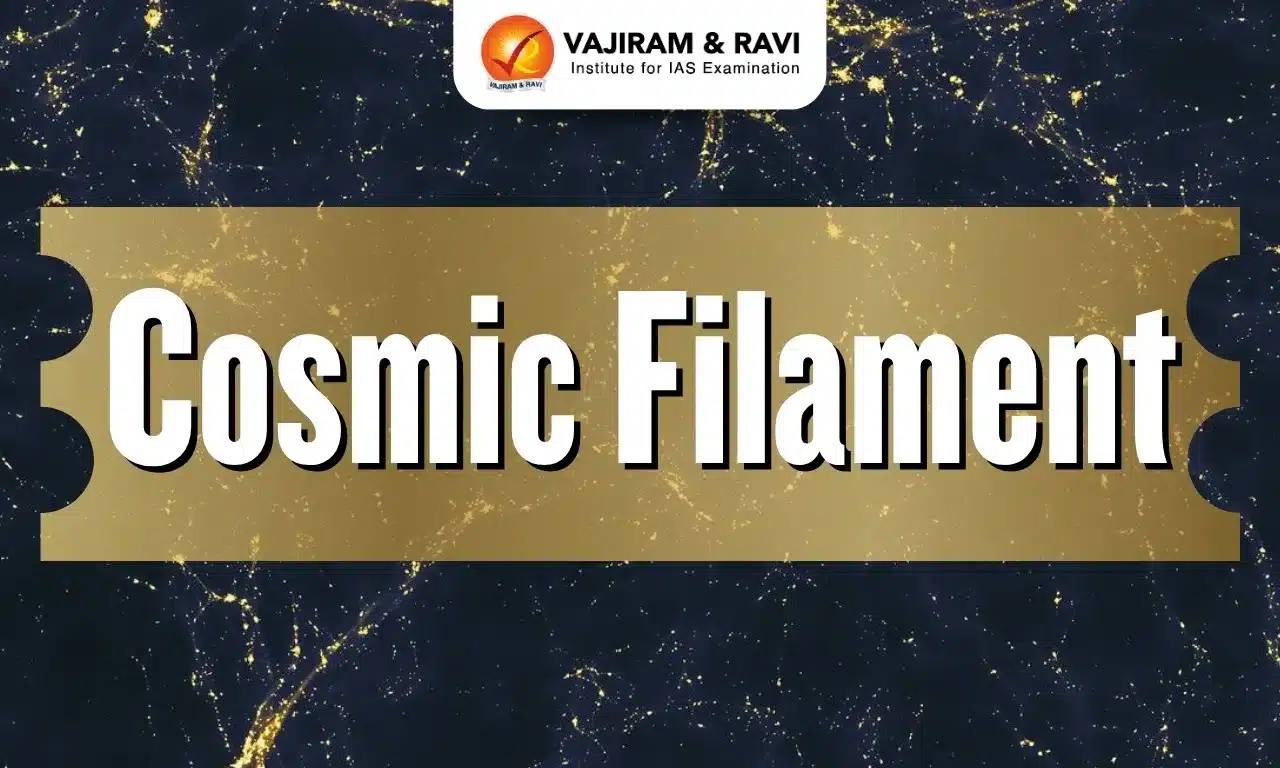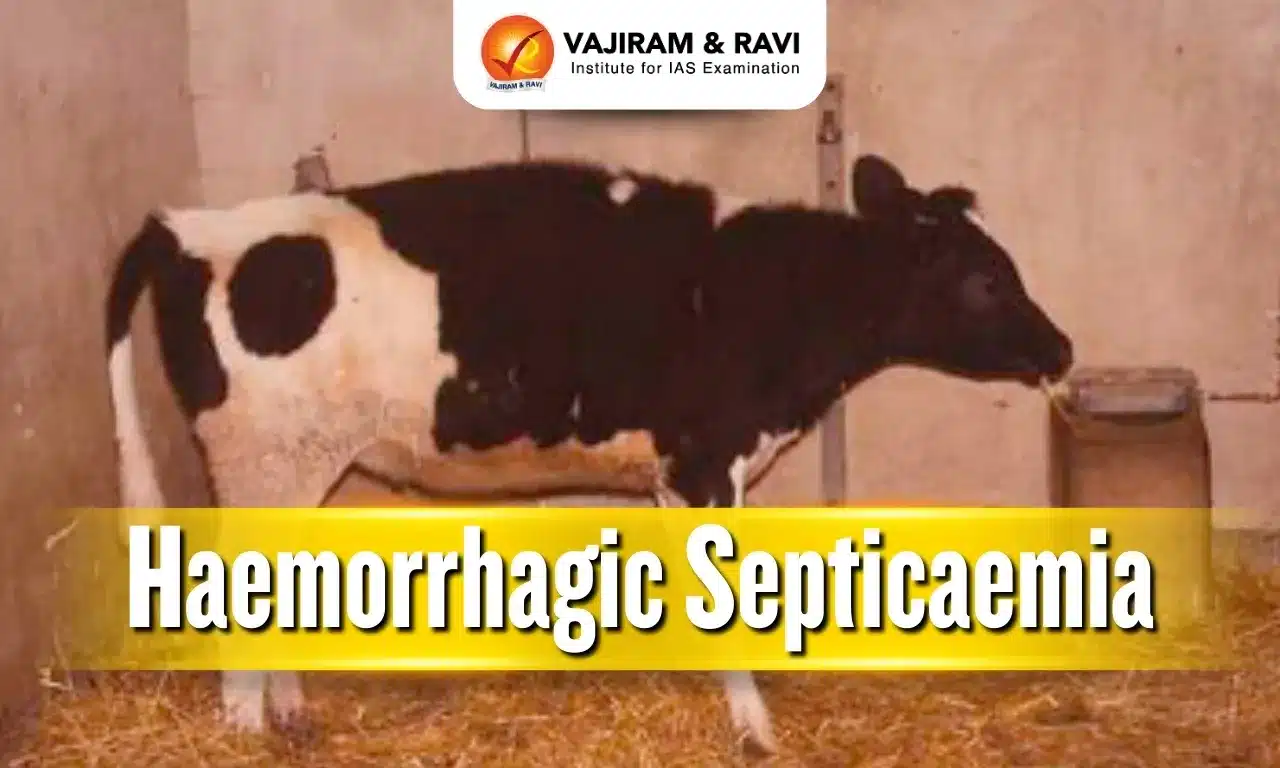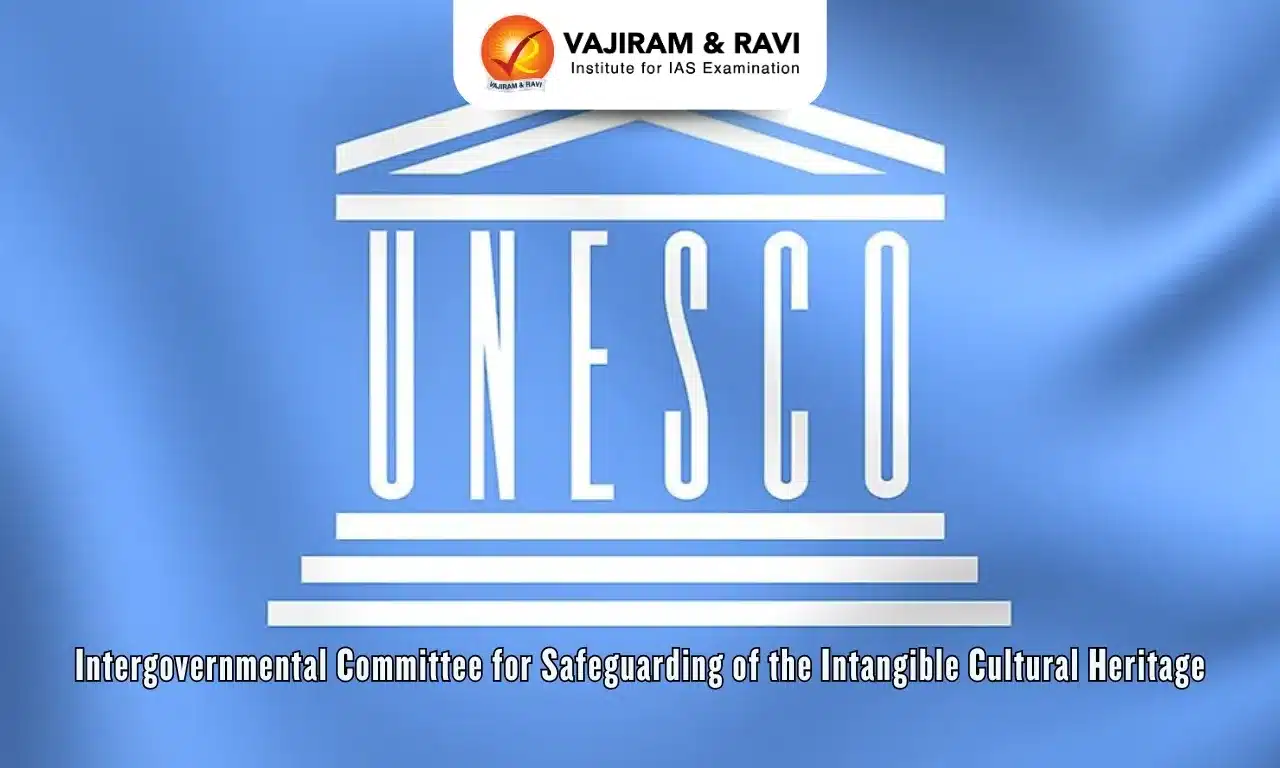About G-33
- The G33 (or the Friends of Special Products in agriculture) is a coalition of developing and least developed countries.
- Despite the name, there are currently 47 member nations. Some of the main countries include India, China, Indonesia, Pakistan, Nigeria, Philippines, Turkey, Tanzania, Kenya, and South Korea.
- It was established prior to the 2003 Cancun ministerial conference that have coordinated during the Doha Round of World Trade Organization (WTO) negotiations, specifically in regard to agriculture.
- Dominated by India, the group has “defensive” concerns regarding agriculture in relation to WTO negotiations, and seeks to limit the degree of market opening required of developing countries.
- The group has advocated the creation of a “special products” exemption, which would allow developing countries to exempt certain products from tariff exemptions, and also a “special safeguard mechanism” which would permit tariff increases in response to import surges.
Key Facts about World Trade Organization (WTO)
- Created in 1995, it is an international institution that oversees the rules for global trade among nations.
- It superseded the 1947 General Agreement on Tariffs and Trade (GATT), created in the wake of World War II.
- It is the only global international organization dealing with the rules of trade between nations.
- The primary purpose of the WTO is to open trade for the benefit of all.
- The WTO has many roles: it operates a global system of trade rules, it acts as a forum for negotiating trade agreements, it settles trade disputes between its members and it supports the needs of developing countries.
- Structure:
- The WTO’s top-level decision-making body is the Ministerial Conference, which usually meets every two years.
- Below this is the General Council (normally ambassadors and heads of delegation in Geneva, and sometimes officials sent from members’ capitals), which meets several times a year in the Geneva headquarters.
- The General Council also meets as the Trade Policy Review Body and the Dispute Settlement Body.
- At its heart are the WTO agreements, negotiated and signed by the bulk of the world’s trading nations and ratified in their parliaments.
Q1) What is the special safeguard mechanism under WTO?
WTO’s Special Safeguard Mechanism (SSM) is a protection measure allowed for developing countries to take contingency restrictions against agricultural imports that are causing injuries to domestic farmers. The contingency measure is imposition of tariff if the import surge causes welfare loss to the domestic poor farmers. The design and use of the SSM is an area of conflict under the WTO.
Source: G-33 countries call for permanent public stockholding solution for food security
Last updated on November, 2025
→ Check out the latest UPSC Syllabus 2026 here.
→ Join Vajiram & Ravi’s Interview Guidance Programme for expert help to crack your final UPSC stage.
→ UPSC Mains Result 2025 is now out.
→ UPSC Notification 2026 is scheduled to be released on January 14, 2026.
→ UPSC Calendar 2026 is released on 15th May, 2025.
→ The UPSC Vacancy 2025 were released 1129, out of which 979 were for UPSC CSE and remaining 150 are for UPSC IFoS.
→ UPSC Prelims 2026 will be conducted on 24th May, 2026 & UPSC Mains 2026 will be conducted on 21st August 2026.
→ The UPSC Selection Process is of 3 stages-Prelims, Mains and Interview.
→ UPSC Result 2024 is released with latest UPSC Marksheet 2024. Check Now!
→ UPSC Prelims Result 2025 is out now for the CSE held on 25 May 2025.
→ UPSC Toppers List 2024 is released now. Shakti Dubey is UPSC AIR 1 2024 Topper.
→ UPSC Prelims Question Paper 2025 and Unofficial Prelims Answer Key 2025 are available now.
→ UPSC Mains Question Paper 2025 is out for Essay, GS 1, 2, 3 & GS 4.
→ UPSC Mains Indian Language Question Paper 2025 is now out.
→ UPSC Mains Optional Question Paper 2025 is now out.
→ Also check Best IAS Coaching in Delhi

















